Stunning Hydrangea Serrata Varieties You Need To Know
Stunning Hydrangea Serrata Varieties You Need to Know
Hydrangeas are some of the most popular flowering shrubs in the world, and for good reason. They come in a wide variety of shapes, sizes, and colors, and they can add a touch of elegance to any garden. If you're looking for a hydrangea that is a little different, consider a Hydrangea serrata variety.
Hydrangea serrata, also known as the Japanese mountain hydrangea, is a smaller, more compact shrub than the more common Hydrangea macrophylla. It has smaller leaves and flowers, and its blooms are typically blue or pink. However, the color of the flowers can vary depending on the soil pH level. In acidic soil, the flowers will be blue, while in alkaline soil, they will be pink.
Hydrangea serrata varieties are also known for their long bloom time. They typically start to bloom in early summer and continue to bloom until late fall. This makes them a great choice for adding color to your garden for a long period of time.
If you're looking for a Hydrangea serrata variety to add to your garden, here are a few of the most popular options:
- 'Bluebird' is a compact shrub that grows to about 4 feet tall and wide. It has blue flowers that are 2-3 inches in diameter.
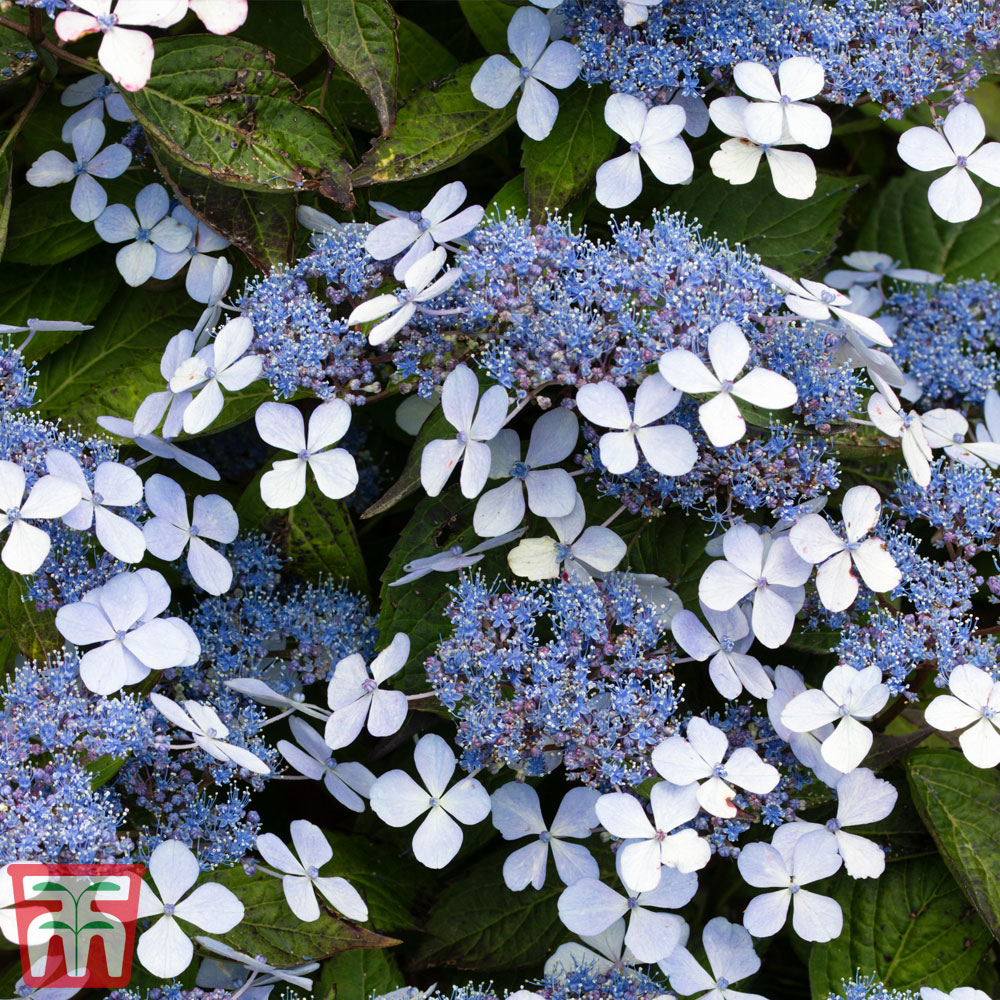
- 'Diadem' is an early-blooming variety that has muted blue or pale pink flowers. It grows to about 6 feet tall and wide.
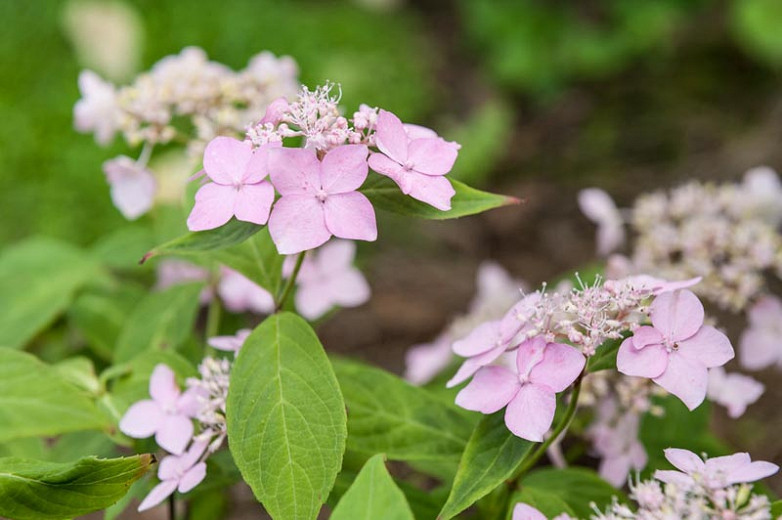
- 'Blue Billow' is a late-blooming variety that produces light blue lacecap flowers. It grows to about 5 feet tall and wide.
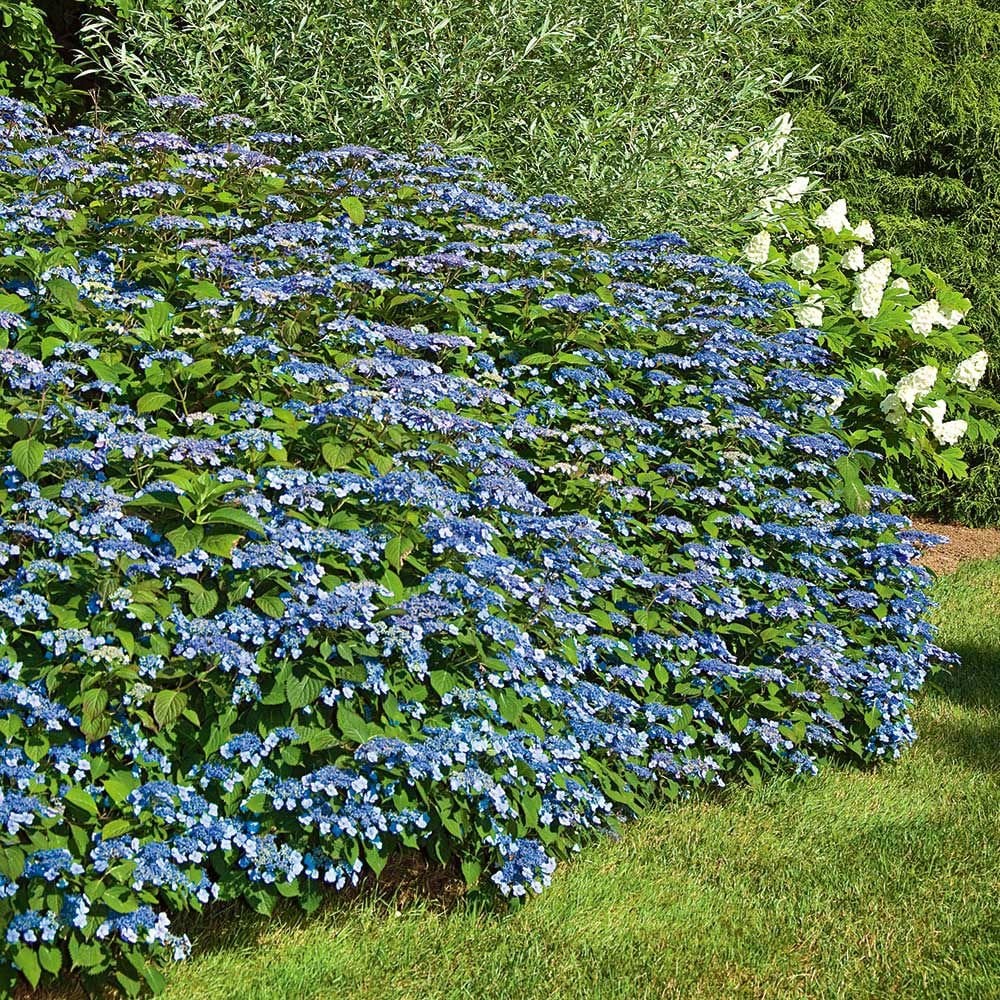
- 'Veerle' is a variety that has red-purple fall foliage. It grows to about 6 feet tall and wide.
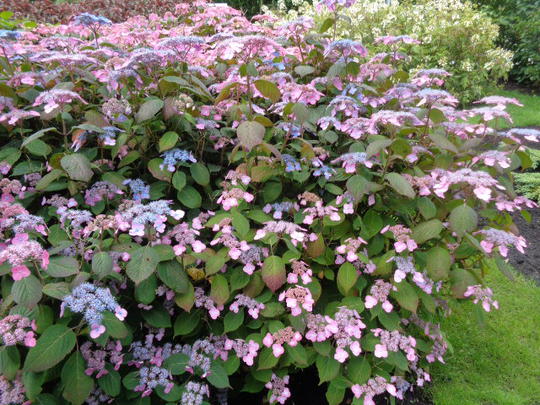
- 'Pink Annabelle' is a variety that has pink lacecap flowers. It grows to about 6 feet tall and wide.
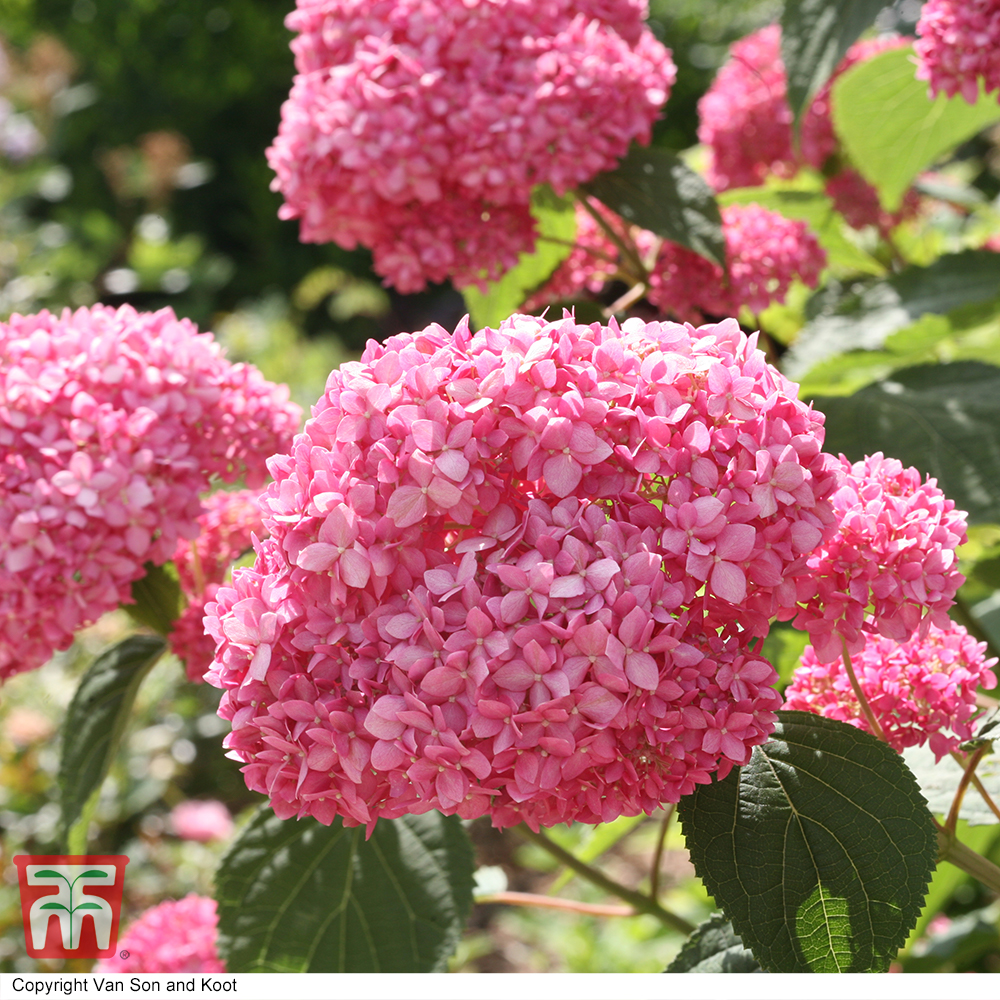
Hydrangea serrata varieties are relatively easy to care for. They prefer well-drained soil and full sun to partial shade. They should be watered regularly, especially during hot, dry weather. To encourage flowering, fertilize them with a balanced fertilizer in the spring.
Hydrangea serrata varieties are a beautiful and unique addition to any garden. With their long bloom time and variety of colors, they are sure to add a touch of elegance and beauty to your landscape.
Hydrangea serrata, also known as mountain hydrangea, is a beautiful deciduous shrub that is native to Japan. It is known for its delicate lacecap flowers, which can be white, pink, or blue. Hydrangea serrata is a relatively compact shrub, growing to heights of 4-6 feet. It is hardy in USDA zones 5-9 and prefers full sun to partial shade.
If you are looking for a hydrangea variety that is both beautiful and hardy, hydrangea serrata is a great option. There are many different varieties of hydrangea serrata available, so you can find one that is perfect for your garden. To learn more about the different varieties of hydrangea serrata, I recommend visiting . This website has a comprehensive list of hydrangea serrata varieties, along with information about their size, flower color, and hardiness.
FAQ of hydrangea serrata varieties
1. What are the most popular hydrangea serrata varieties?
There are many popular hydrangea serrata varieties, but some of the most common include:
- Bluebird: This variety produces light blue lacecap flowers from summer to late frost. It is a good choice for northern climates and is known for its heavy blooming.

- Preziosa: This variety has small, rounded clusters of sterile florets that constantly change color. They start out pale green, then yellow, cream, white, pink, cherry red, and finally wine-red. This variety blooms from mid-summer to early fall.
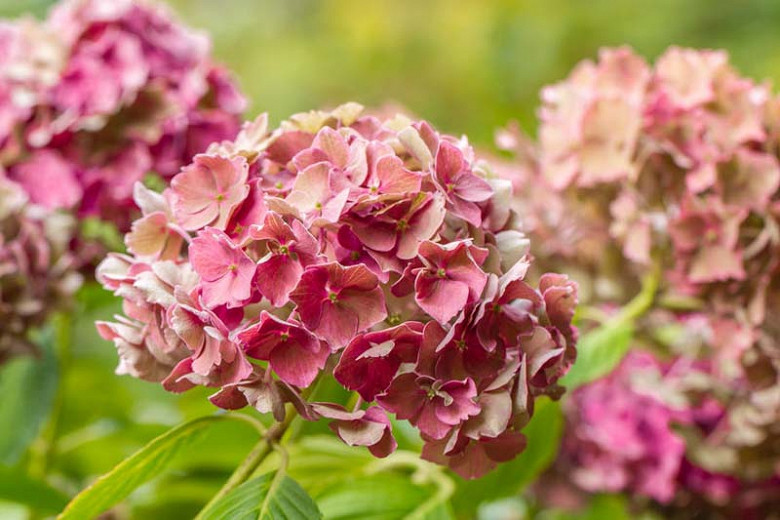
- Beni-Gaku: This variety produces white sepals that mature to pink with deep red edges. The small fertile florets emerge dark purple and open to light blue. All these colors are present at the same time, creating a lovely tricolor effect. This variety blooms from early to late summer.
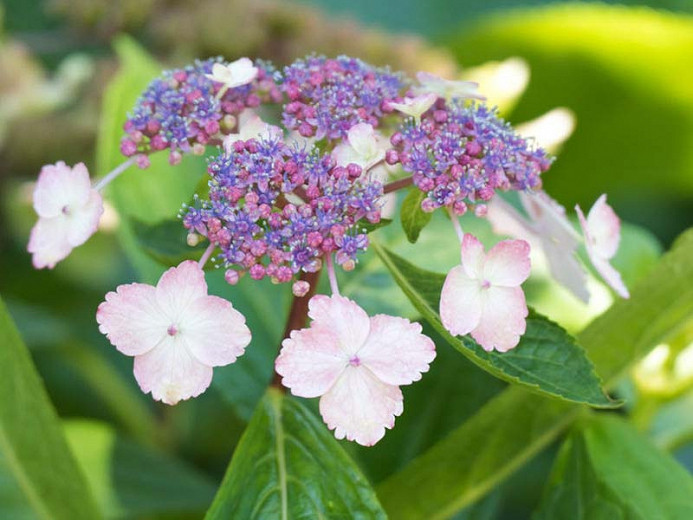
- Fuji no Taki: This variety has large, paniculate flowers that are white when they first open, then turn pink or blue depending on the soil pH. It is a vigorous grower and can reach up to 6 feet tall. This variety blooms from late summer to early fall.
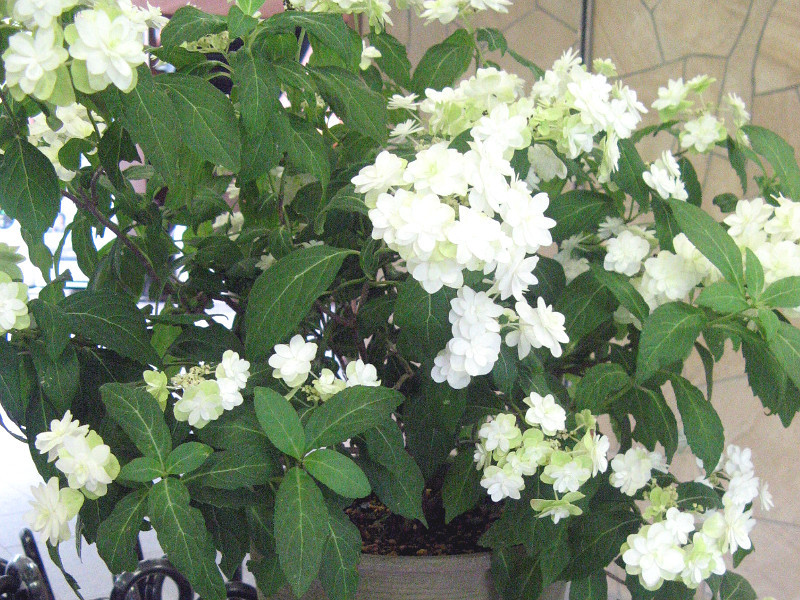
- Akishino Temari: This variety has small, round heads of lacecap flowers that are white when they first open, then turn pink or blue depending on the soil pH. It is a compact grower and can reach up to 3 feet tall. This variety blooms from mid-summer to early fall.

2. What are the differences between hydrangea serrata and hydrangea macrophylla?
Hydrangea serrata and hydrangea macrophylla are two of the most popular types of hydrangeas. They are both deciduous shrubs that produce large, showy flowers, but there are some key differences between the two species:
- Hydrangea serrata: This species is native to Japan and Korea. It has smaller, more oblong leaves than hydrangea macrophylla. The flowers are typically lacecap, but some varieties can also produce mophead flowers. Hydrangea serrata blooms in early to mid-summer.
- Hydrangea macrophylla: This species is native to China and Japan. It has larger, heart-shaped leaves than hydrangea serrata. The flowers are typically mophead, but some varieties can also produce lacecap flowers. Hydrangea macrophylla blooms in late summer to early fall.
3. What is the best soil pH for hydrangea serrata?
The soil pH can affect the color of hydrangea serrata flowers. In acidic soil (pH 5.5-6.5), the flowers will be blue. In neutral soil (pH 6.5-7.5), the flowers will be pink. In alkaline soil (pH 7.5-8.5), the flowers will be white.
If you want to change the color of your hydrangea serrata flowers, you can adjust the soil pH. To make the soil more acidic, you can add peat moss or sulfur. To make the soil more alkaline, you can add lime.
4. How do I prune hydrangea serrata?
Hydrangea serrata can be pruned in late winter or early spring. There are two main types of pruning:
- Severe pruning: This type of pruning is used to rejuvenate old or overgrown plants. Cut the plant back to about 6 inches from the ground.
- Light pruning: This type of pruning is used to maintain the shape of the plant. Remove dead, diseased, or damaged branches. You can also thin out the plant by removing some of the older branches.
5. How do I care for hydrangea serrata?
Hydrangea serrata is a relatively easy plant to care for. It prefers full sun to partial shade and moist, well-drained soil. Water the plant regularly, especially during hot, dry weather. Fertilize the plant in early spring with a balanced fertilizer.
Hydrangea serrata is a beautiful and versatile plant that can add a touch of elegance to any garden. With proper care, it will provide years of enjoyment.
Image of hydrangea serrata varieties
- Hydrangea serrata 'Bluebird' is a compact shrub that grows up to 4 feet tall. It has white flowers with blue centers that bloom in the summer.
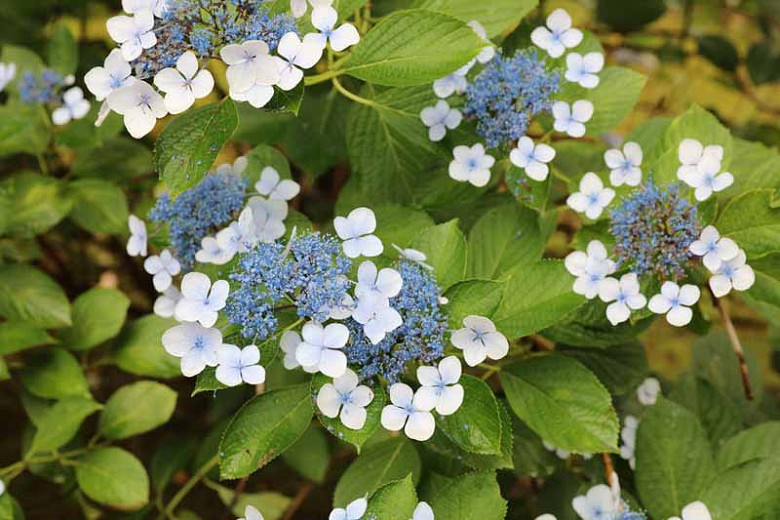
- Hydrangea serrata 'Pink Diamond' is a slightly larger shrub that grows up to 6 feet tall. It has pink flowers with white centers that bloom in the summer.
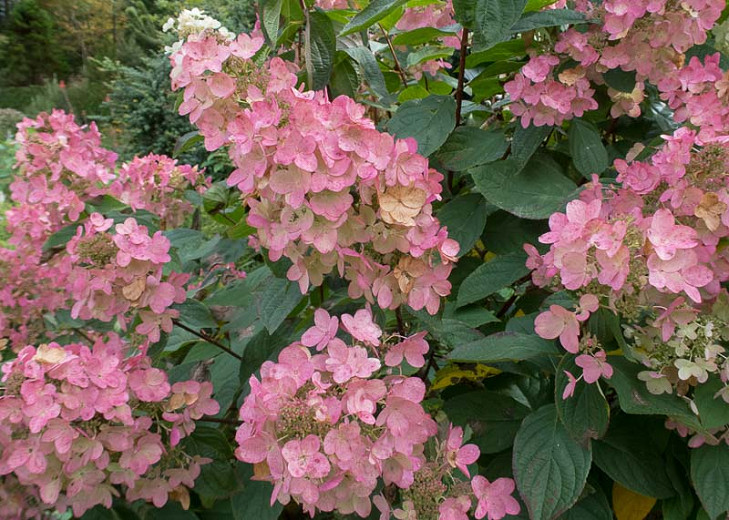
- Hydrangea serrata 'Praecox' is an early-blooming shrub that grows up to 5 feet tall. It has white flowers with pink centers that bloom in the spring.
/assets/plants/plant_22608/plant_22608_shoot_20170106195250.jpg)
- Hydrangea serrata 'Snowflake' is a small shrub that grows up to 3 feet tall. It has white flowers with green centers that bloom in the summer.

- Hydrangea serrata 'White Wave' is a large shrub that grows up to 8 feet tall. It has white flowers with green centers that bloom in the summer.

Post a Comment for " Stunning Hydrangea Serrata Varieties You Need To Know"